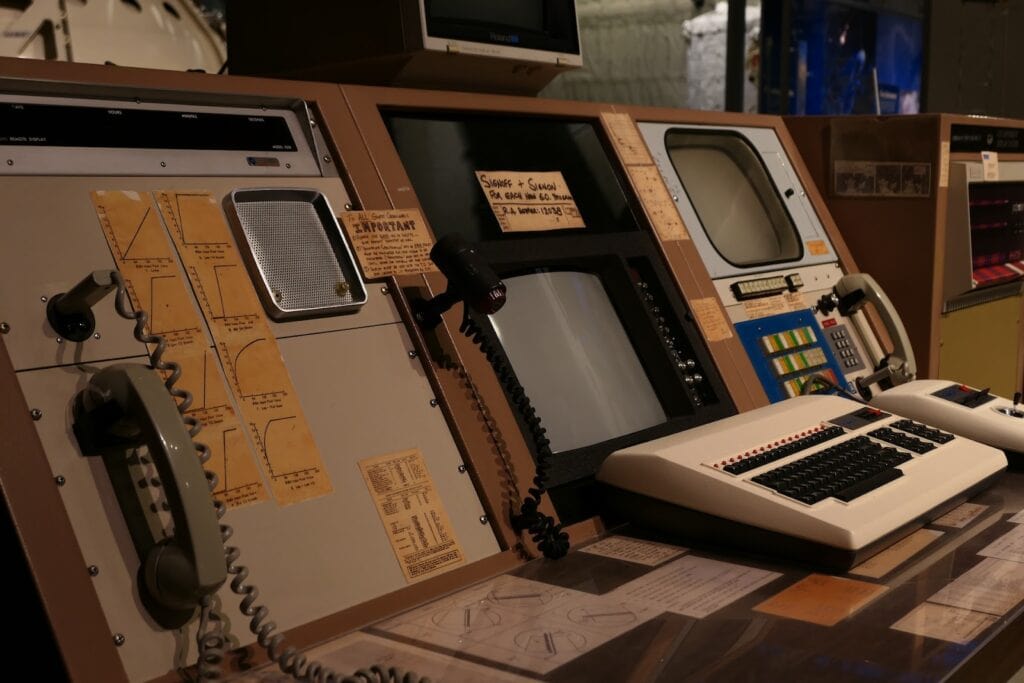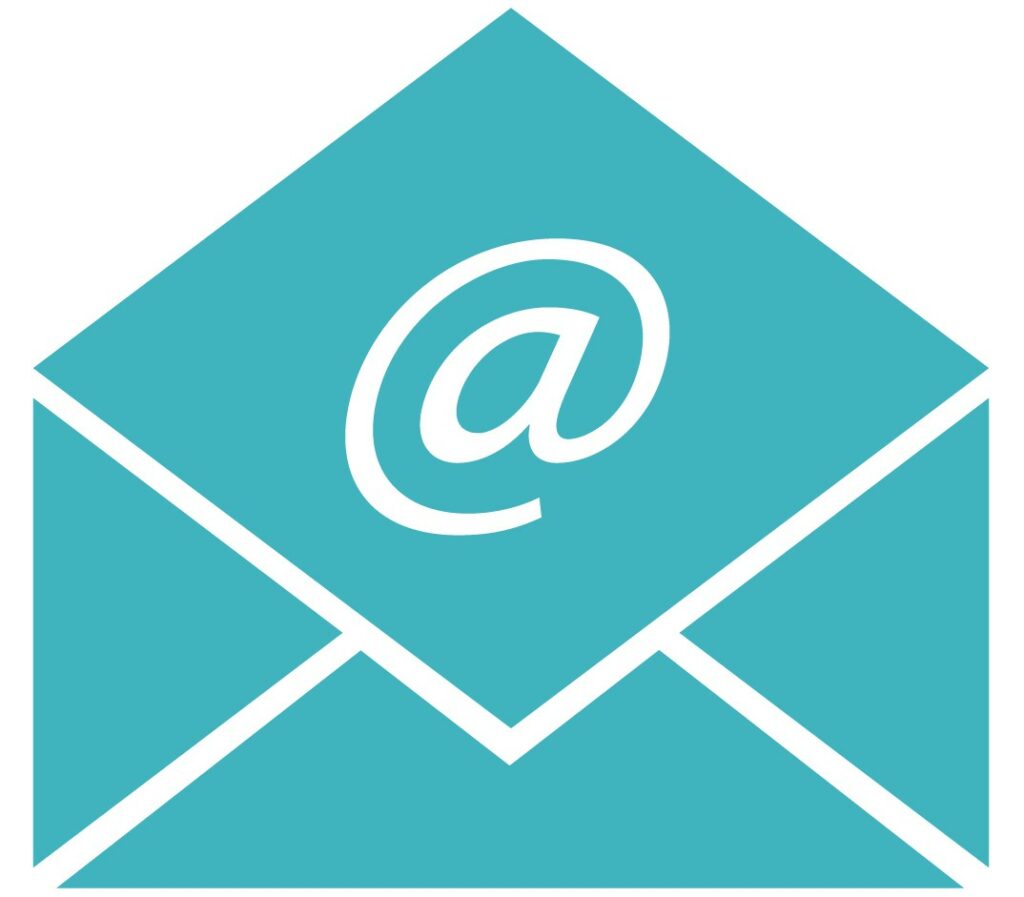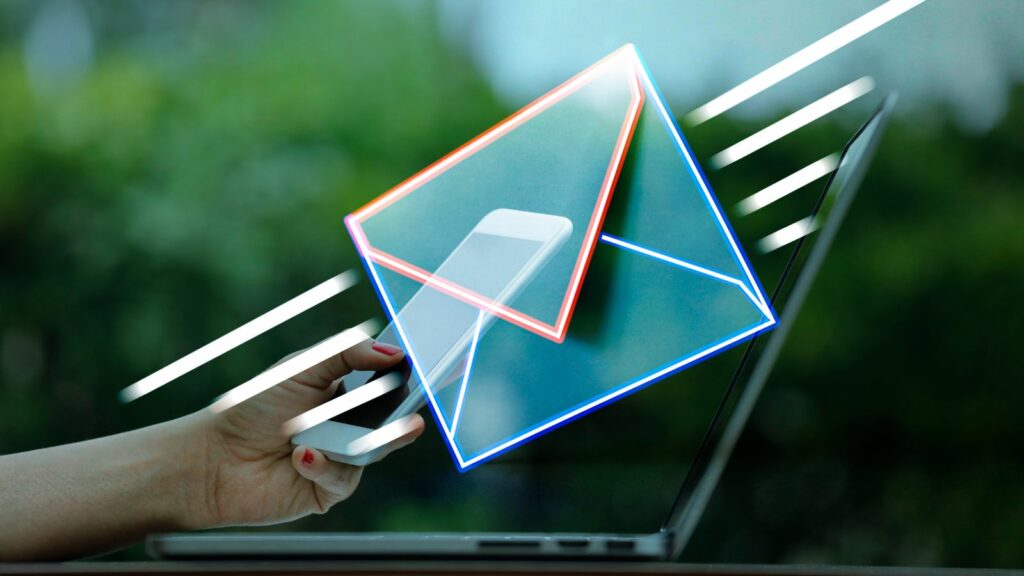Email is one of the most popular communication tools in the world, but most people don’t realize how old it is. Remember all those ancient platforms like MySpace and Skype? Email is decades older. We prepared an overview of email history to explain how and when it all started.
Key takeaways:
- The origins of email date back to the 1960s when researchers created the first computer systems capable of transferring digital messages.
- The 1980s were a critical era for email development thanks to a number of groundbreaking tech innovations.
- Email transitioned from a research tool to a global communication phenomenon in the 1990s and 2000s, winning over billions of users in the process.
Electronic mail precursors (before the 1970s)

The earliest traces of electronic mail date back to the 1960s. Though it was a brand-new communication concept, email didn’t pop up out of nowhere. On the contrary, it was the result of an entire set of then-state-of-the-art technologies.
For example, MIT developed a Compatible Time-Sharing System in 1961 that enabled users to remotely access the system and exchange documents through this central location. The CTSS soon evolved into a unique information-sharing system that resembled modern email.
The Advanced Research Projects Agency Network (ARPANET), launched in 1969, wasn’t just the precursor to electronic mail but also to the Internet in general. The system connected computers at different locations, although on a much smaller scale. That way, ARPANET set the stage for the development of modern digital communication protocols.
The first email in history (1971)

ARPANET is responsible for the first email ever sent. An engineer Ray Tomlinson sent the message to himself via ARPANET in 1971. The message “QWERTYUIOP” was transferred from one computer to another in the same room.
| Fun fact: This letter sequence is still the same one you’ll see on the top row of your keyboard. |
While the message content wasn’t too important, the use of the “@” symbol certainly was. Tomlinson implemented the @-based system to separate the user’s name from the computer name, which turned out to be a critical innovation that still stands the test of time in email messaging protocols.
The rest of the 1970s was mainly about improving the ARPANET’s file transfer protocol. The decade witnessed quite a few corporations developing electronic communication platforms for their internal purposes:
- IBM OFS (1974) allowed in-house users to send messages
- CompuServe did a similar thing in 1978
- The RAND Corporation launched the MH Message Handling System (1979) with more than multiple electronic message service options
Email communication was warming up during the 1970s, but users had to wait for the real deal for another decade or so — as you’ll see in the next section.
Exciting breakthroughs of the 1980s

This decade is probably the most important in the history of email because it laid the groundwork for its widespread adoption. Countless companies realized the potential of computer networks and mail servers, so they started working on foundational protocols of modern emailing.
The Simple Mail Transfer Protocol (SMTP) was a major innovation of the decade. The SMTP is often regarded as the improved version of ARPANET. This system was made in 1982 and it enabled users to send and receive messages via different mail servers.
At around the same time, the MIME Specification made it possible to exchange multimedia content within email messages. According to the memo, this protocol enables email clients to “include multiple objects in a single message…to represent formatted multi-font text messages or non-textual material such as images and audio fragments.”
A couple of other standards gave an additional boost to the development of a more efficient email service — the Post Office Protocol (POP) and the Internet Message Access Protocol (IMAP). However, there were many other notable inventions in this period:
- The Domain Name System (DNS) was launched in 1984. It simplified the addressing of email by replacing numeric IP addresses with human-readable domain names.
- The University of Washington developed the Pine email client in 1985. This mail service provided a user-friendly interface for managing emails.
- The National Science Foundation Network (NSF) was established in 1986. NSF played a big role in the growth of email infrastructure and the Internet as a whole.
- The first major issue in the online realm took place in 1988. That was the year of the Morris worm incident when a malicious program penetrated email systems by exploiting their internal vulnerabilities.
- In 1988, Microsoft added one more cornerstone to the history of email by launching its Microsoft Mail. This email client and server marked Microsoft's entry into the email communication space.
- Lotus Notes was launched in 1989 as a collaborative software suite that included email capabilities. This platform contributed to the evolution of email into a more collaborative tool. It sold over 35 thousand copies worldwide.
- The late 1980s also saw the emergence of the first Internet Service Providers (ISPs) that offered email services to the public.
By the end of the decade, the only thing missing was the global penetration of email services, but it followed soon after.
Related: 25 email facts worth knowing
Email goes mainstream in the 1990s

Email played a pivotal role in transforming communication on a global scale in the 1990s because it became increasingly accessible to the public. This was in stark contrast to the previous decades when email was almost exclusively used within academic and research communities.
Hotmail was the first free email provider for all Internet users. It took off in 1996 and quickly booked its place in the history of email. At its peak, Hotmail hosted more than 400 million clients, but it soon disappeared from the big stage.
On the other hand, Yahoo Mail is still one of the leading email providers — despite being just a year younger than Hotmail. More than 25 years since its inception, Yahoo hosts some 227 million clients. Many other inventions solidified the commercial potential of email during the 1990s, but we’ll highlight only a few:
- Microsoft released Windows 95 in 1995 with built-in support for email through the Microsoft Exchange Client.
- Paul Hoffman formed The Internet Mail Consortium in 1996 to address challenges related to email communication on the Internet.
- Larry Page and Sergey Brin founded Google in 1998, a move that will go down as one of the biggest events in modern history. A few years later (2004), they launched Gmail.
Email in the 21st Century

Email quickly became the most popular communication platform in the early 2000s. Around the world, there were nearly two billion email users in 2010. Such growth mainly had to do with robust email platforms like Gmail, Outlook, and Yahoo Mail. Email systems quickly evolved to provide new features:
- Threaded conversations
- Search functions
- Spam filters
- Cloud-based storage
At the same time, mobile devices have become a new force in the digital realm.
The first Internet-powered phone was launched in 2001, while Apple released its first iPhone in 2007. More than 500 million people bought a smartphone by the end of the decade, but that was just the beginning. Today, nearly 85% of people on Earth own a mobile phone.
Related: How secure is email? Hint: not secure enough
All this led to an even greater expansion of electronic mail because the service became accessible on the go. Mobile email added to the overall dynamics of the trend that was already unstoppable.
However, the history of email has witnessed quite a few incidents as well. For instance, the Yahoo data breach took place in 2016. This incident affected millions of users and highlighted the vulnerability of personal information stored in email accounts. Malicious emails have become the new normal, especially phishing attacks.
What’s next for email?
Fast forward to the present day, email is still a fundamental communication platform, but some newer tools offer alternative ways for individuals and teams to collaborate.
Related: 3 modern client communication tools that put email to shame
For instance, messaging platforms like Slack or Microsoft Teams are getting increasingly popular as they enable real-time communication within organizations. Such tools also offer features like channels, direct messaging, or integrations with other tools. All this provides a more dynamic communication experience compared to traditional email.
But that doesn’t seem to influence email too much. Today, more than 50% of the world’s population relies on email for personal and business communication. The figure is constantly on the rise and it is projected to grow in the next few years, too. Though the oldest, email was, is, and will be our era's most important communication tool.



